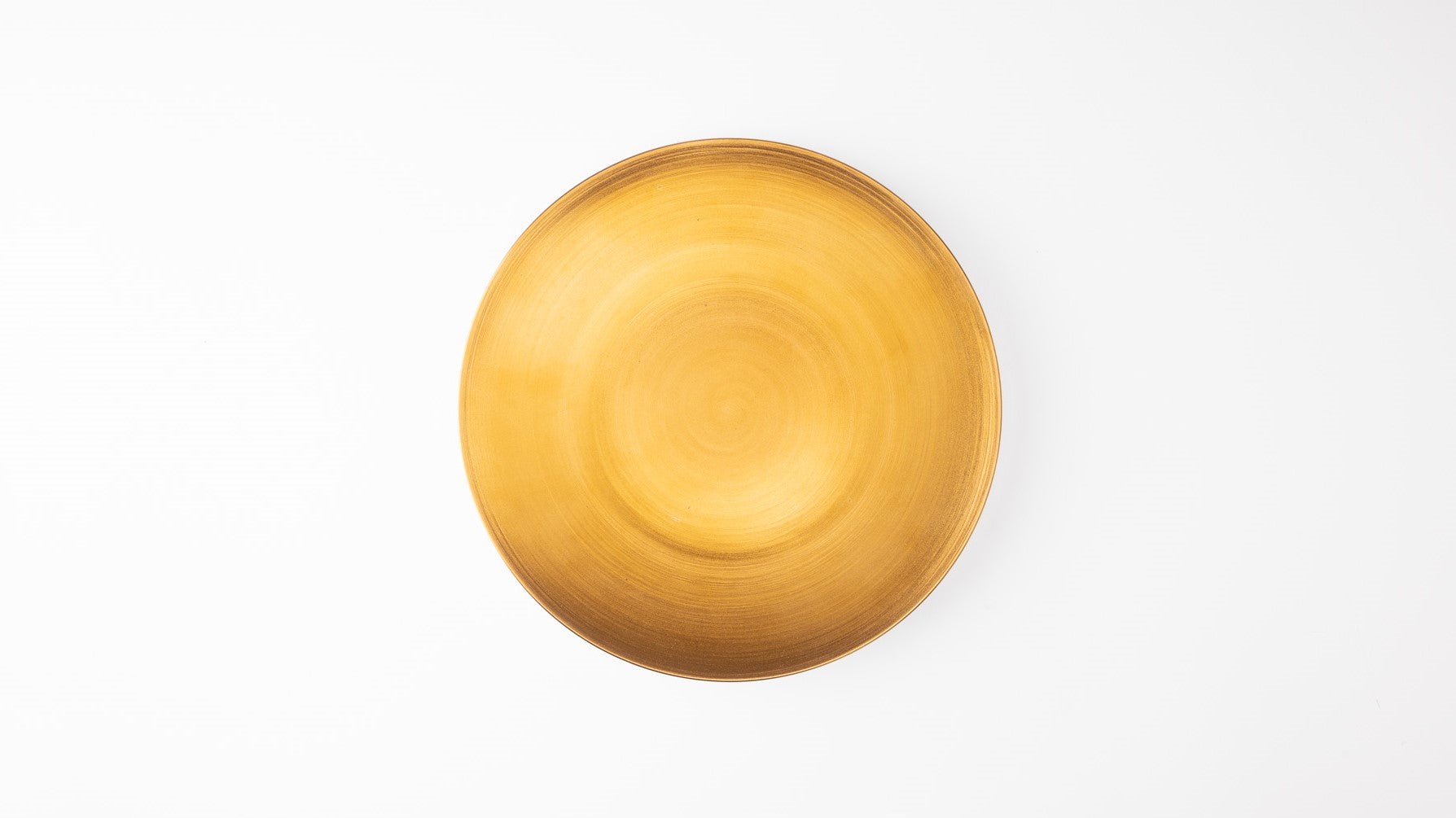
The Japanese World of Gold
Written by Team MUSUBI
Across many nations, gold, and its color, have symbolized wealth, prosperity, and elegant grandeur. This glittering, yellow substance was one of the first metals recognized as internationally valuable.
The value of gold has made it a form of currency across the globe. Japan implemented the "gold standard"– a system in which a large number of countries fixed the value of currencies to a specified amount of gold, from the Meiji period (1868-1912) onward.
In addition to this, gold in Japan has been used to express power, Buddhist beliefs, and beauty in Japanese art. The generous amounts used in Japanese architecture and intricate artworks draw many visitors to this day.
Here we will introduce what gold represents in Japan, as well as tableware pieces that reflect Japanese aesthetics.
You may also like the Aesthetics of Japanese Traditional Colors, please visit our blog from here.
tables of contents
Gold and Power

Even in later periods, gold equated to wealth and power, and the usage of gold leaf in furnishings and castle towers became a way for feudal lords to showcase their status. Toyotomi Hideyoshi (1537-1539), one of Japan's great unifiers, was particularly fond of such ostentatious displays. He is known for decorating his castle in gold leaf tiles and building a golden tea room within the Imperial Palace in Kyoto.
During the reign of Tokugawa Ieyasu (1543-1616), the founder of the Tokugawa shogunate, the production of gold and silver leaf was strictly controlled as a way to manage the economic system. The shogunate ultimately decreed that the production of gold and silver leaf was prohibited outside of Edo (now Tokyo) and Kyoto. The need to closely monitor its production and distribution demonstrates how much power it held in Japan at that time.
Gold and Buddhism

Officially named Rokuon-ji (Deer Garden Temple), Kinkaku-ji ("Temple of the Golden Pavillion") in Kyoto is a Rinzai Zen temple belonging to the Shokoku-ji branch and a prime example of Buddhist architecture. The golden pavilion, located within temple grounds, was originally built as a part of the private Kitayama villa for Shogun Ashikaga Yoshimitsu (1358-1409). Its top two tiers are richly adorned with 20 kilograms (44 pounds) of gold leaf.

Gold and Japanese Art

Gold has played a significant role in embellishing Japanese architecture, products, and literary works. Starting from the Heian period (794-1192), Buddhist statues and temples were decorated with gold to depict the supernatural. Japan adopted China's practice of transcribing sutras in gold calligraphy and went on further to decorate waka poetry collections as well as picture scrolls. This was done through a technique known as "Haku Chirashi (scattering gold and silver)," in which gold and silver leaves were cut or shredded into various shapes and applied to paper.
"Maki-e (sprinkled designs)" is another technique that developed during the Heian period, where gold and silver powder was sprinkled onto a surface that had been painted with lacquer. This technique was used to decorate items such as "Inro (portable decorative cases)" and furnishings of the wealthy.
In later periods, "Kintsugi (golden joinery)" encapsulated wabi sabi, a set of cultural values which prioritized simplicity and serenity, and its aesthetics. The Kintsugi technique delicately repaired broken pottery by mending cracked areas with lacquer dusted or mixed with powdered gold.

In conclusion, gold has been used throughout Japanese history to symbolize everything from wealth to holiness. It is deeply embedded in Japanese culture, and can be enjoyed through a range of beautiful artworks. Japanese tableware makes the delicate and elegant charm of gold accessible. Discover all gold has to offer through gold-painted vases or tables and plates decorated with gold leaf, here.


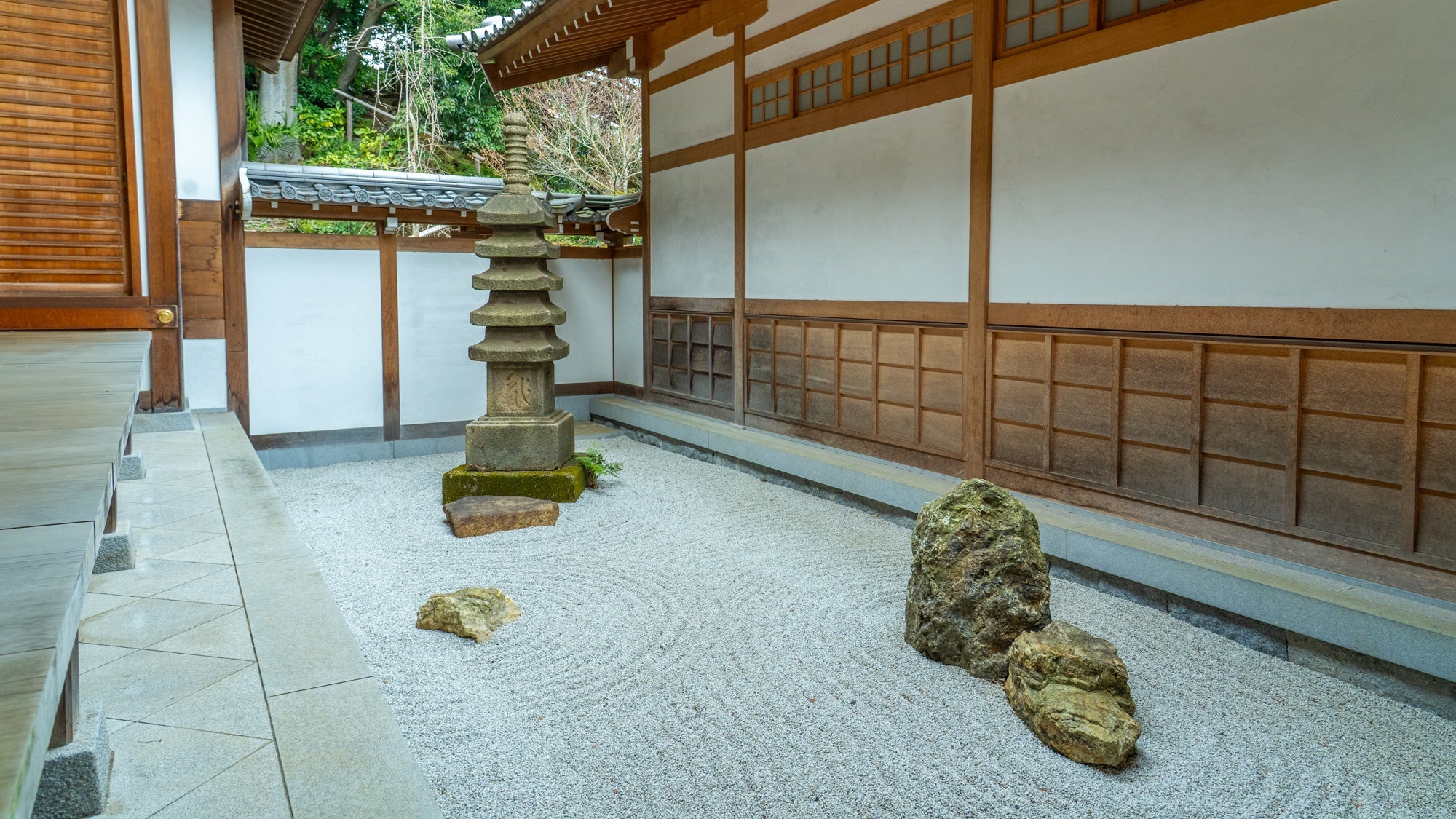
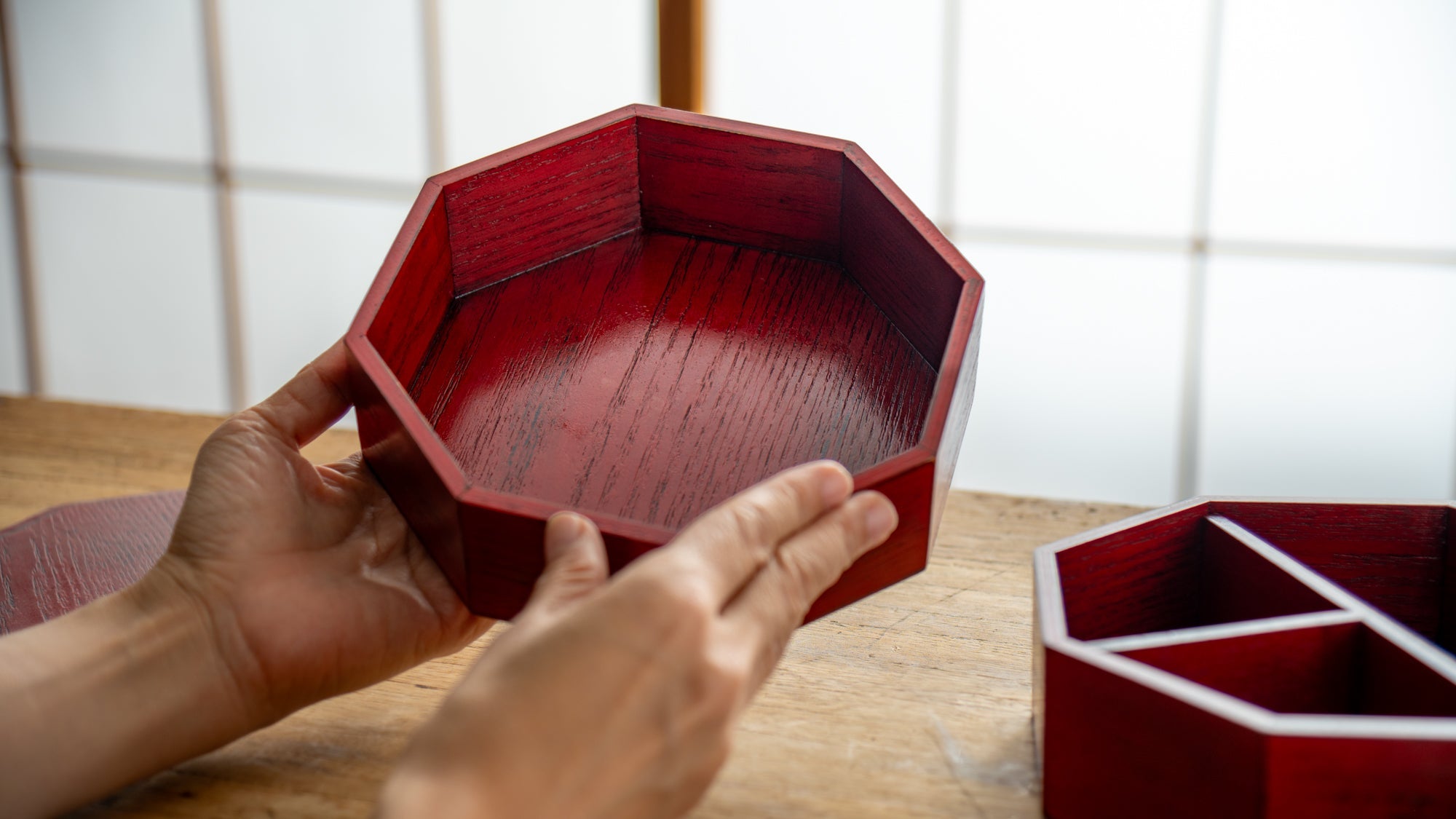
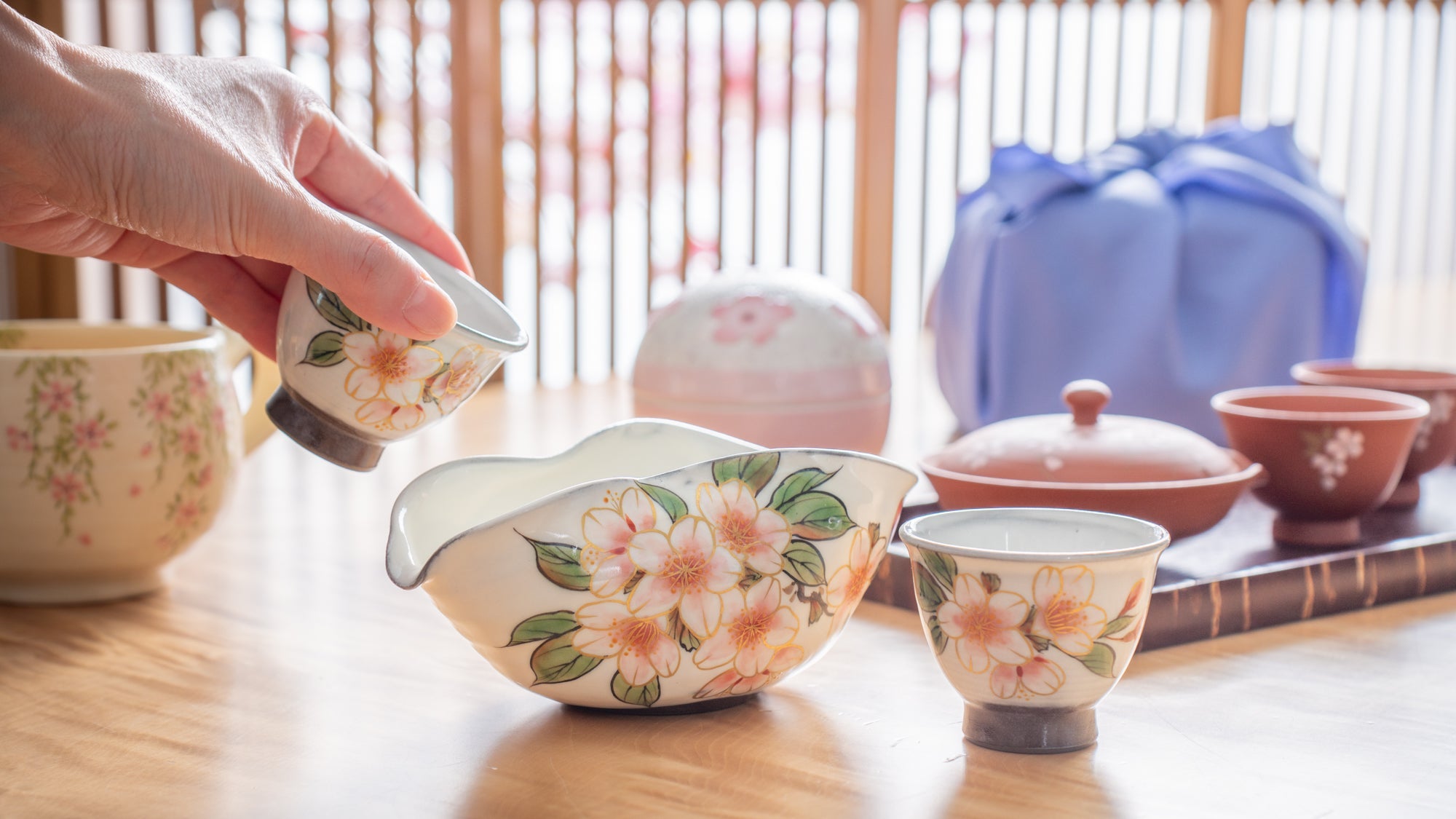
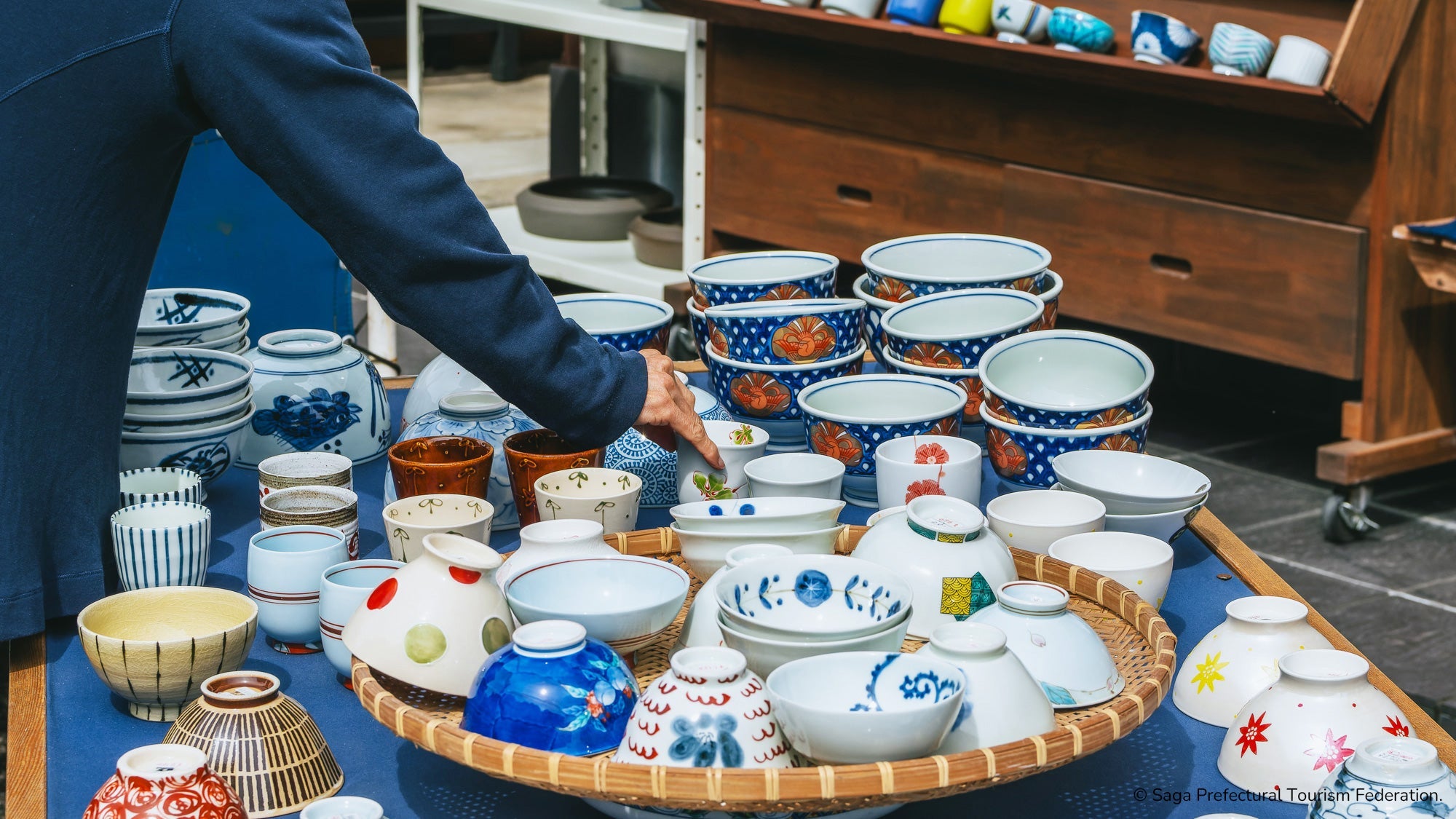
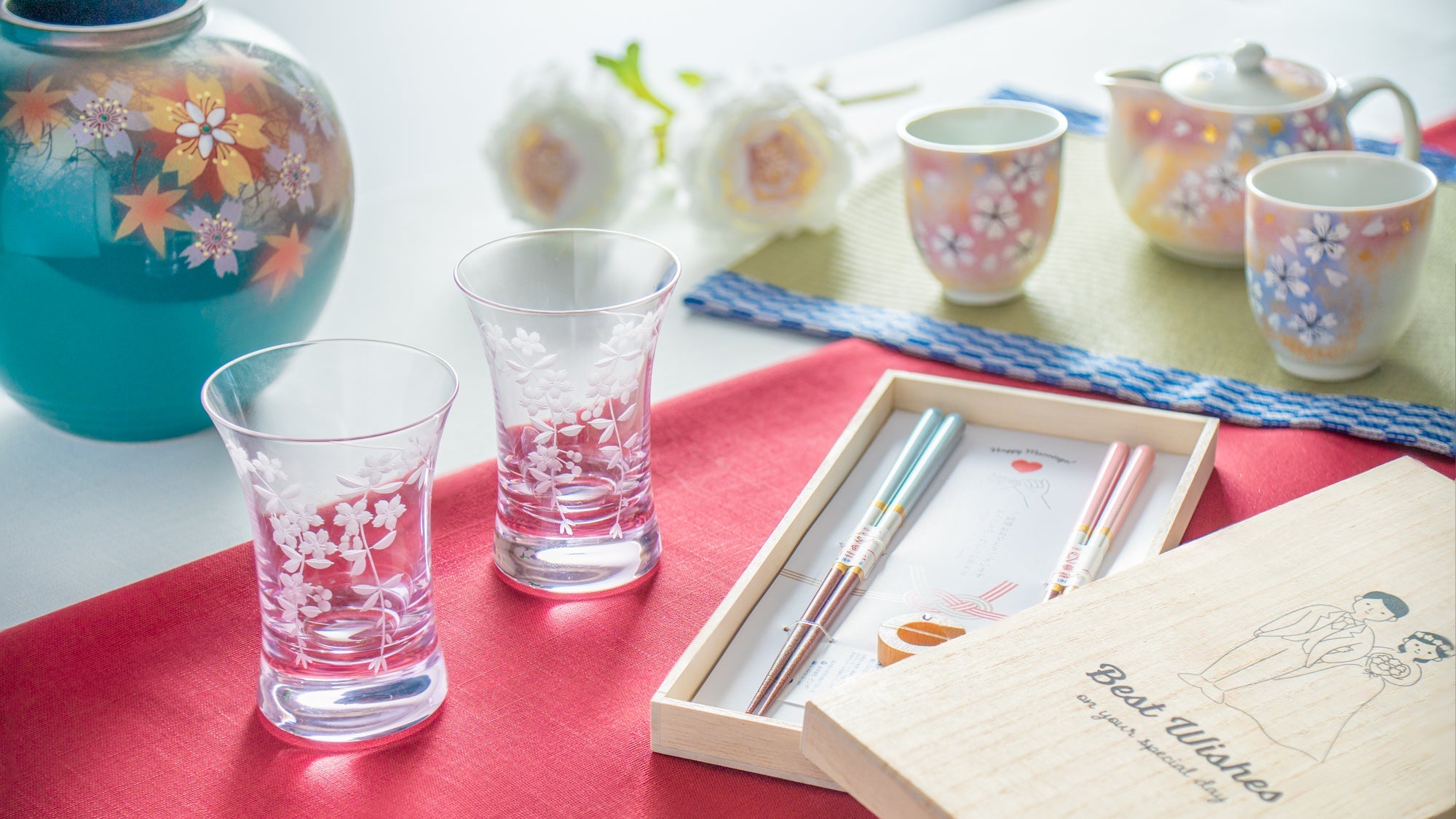
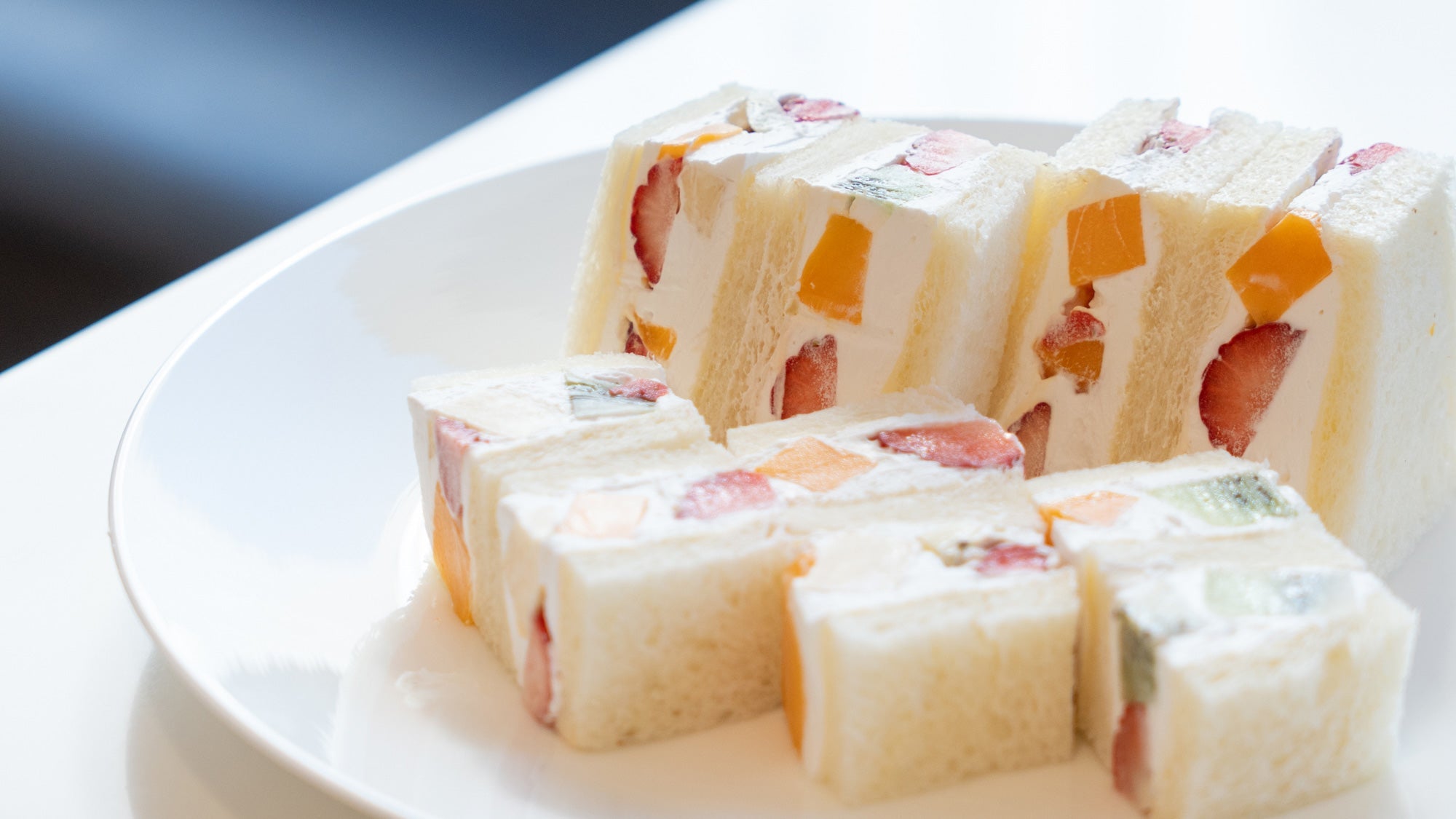

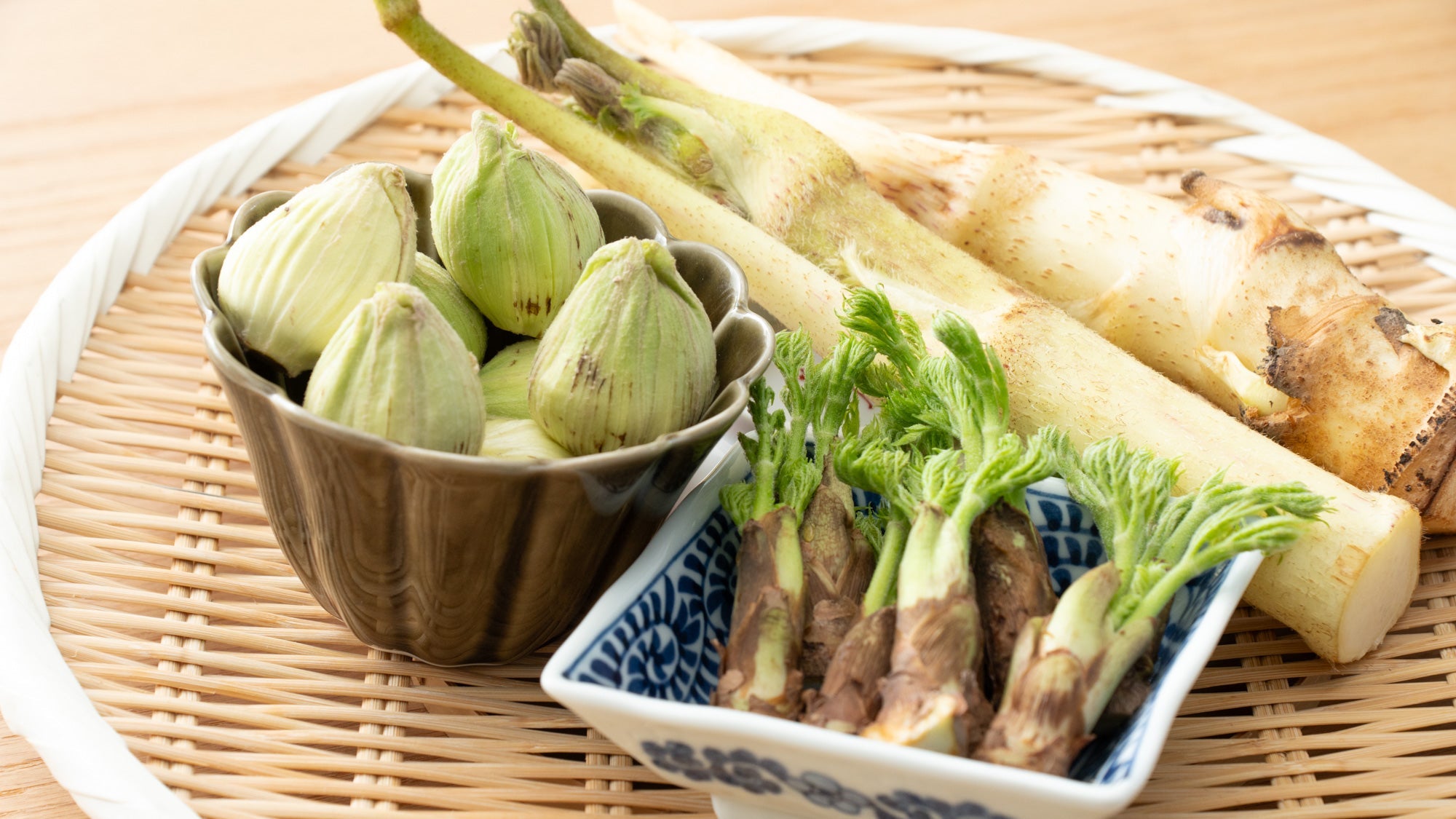

Leave a comment
This site is protected by hCaptcha and the hCaptcha Privacy Policy and Terms of Service apply.